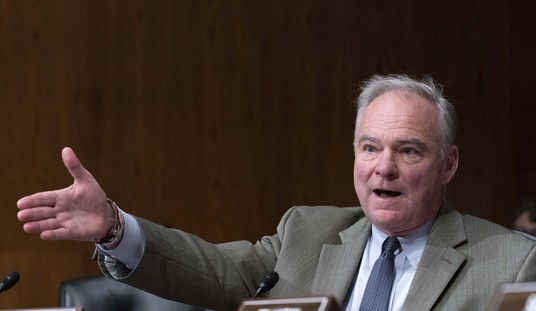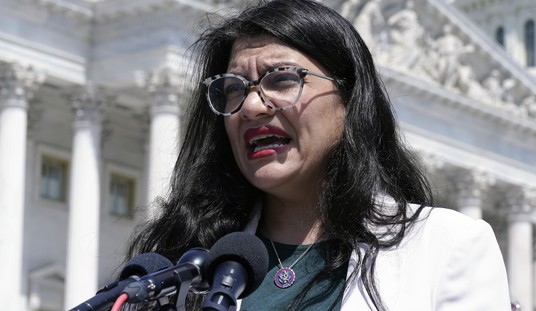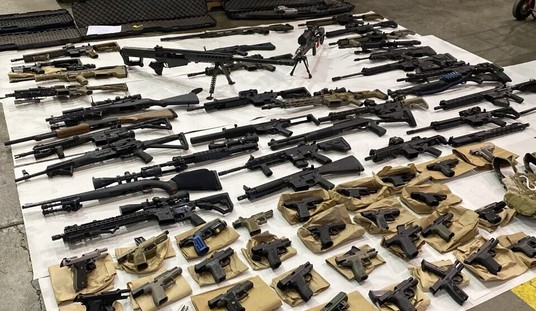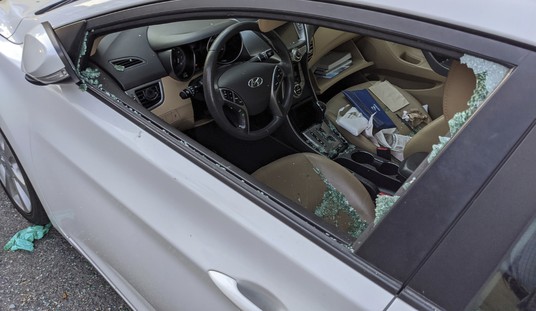Sotomayor testified she accepted the Heller decision; Called for its reversal in McDonald dissent
In a semi-private ceremony Jan. 20 at his residences at Washington’s Naval Observatory, Vice President Joseph R. Biden Jr., took the oath of his office for a second term administered by Supreme Court Justice Sonia M. Sotomayor.
After the taking the oath, Biden gave Sotomayor a kiss on her right cheek as the 200 family and friends there applauded. Attending the ceremony, addition to the vice president’s wife Prof. Jill T. Biden, were his son Deleware Atty. Gen. Joseph R. “Beau” Biden III, former White House chief of staff William M. Daley, former Connecticut Democratic senator Christopher J. Dodd and Sen. Robert P. Casey Jr. (D-Pa.).
After the clapping died down, the vice president took the justice’s right hand and pulled her close to his side, and then still holding her hand said to Sotomayor, “Madame Justice, It’s been a honor, a great honor.”
There is no word why Biden asked Sotomayor to administer his oath of office, which will be repeated the next day in the tradition public program. But, the two share a hostility to gun rights.
As the chairman of the Senate Judiciary Committee, Biden authored the 1994 ban on so-called “assault weapons” and was chosen by President Barack Obama to draft the administration’s agenda for restricting gun rights after the Dec. 14 spree-shooting at the Sandy Hook School in Newtown, Conn.
Although, Sotomayor testified in her 2009 confirmation hearings that she accepted the 2008 Supreme Court Heller v. Distric of Columbia decision that affirmed that the Second Amendment protected an individual’s right to keep and bear arms–not just as a member of the militia, the justice voted with the minority in the 2010 McDonald v. Chicago case.
Building on Heller, the McDonald decision affirmed that the 14th Amendment incorporated that individual gun right right with the states and other jurisdictions. This was a direct rebuke to the legal precedent that previously held that the Second Amendment only applied to the federal government.
Sotomayor, with Justice Ruth Bader Ginsberg, signed the dissent, or minority opinion, authored by Justice Stephen G. Breyer.
Breyer, who as a young lawyer was a member of the Watergate special prosecutor’s staff, challenged both the incorporation and the individual right affirmed in Heller.
“Unlike other forms of substantive liberty, the carrying of arms for that purpose often puts others’ lives at risk,” Breyer wrote. “And the use of arms for private self-defense does not warrant federal constitutional protection from state regulation.”
During oral arguments for McDonald, Sotomayor said she did not believe there was a historical context to justify making the states honor the right to keep and bear arms and suggested any incorporation should be itself regulated.
Sotomayor, by joining Breyer, further argued that the historical rationale for Heller was flawed–and that the court should reconsider the Heller decision itself.
The dissent further states: “In sum, the Framers did not write the Second Amendment in order to protect a private right of armed self defense. There has been, and is, no consensus that the right is, or was,’fundamental.’”
The Chief Justice of the Supreme Court traditionally administers the oath of office to the president and vice-president, as Chief Justice John G. Roberts did for Obama in a private Jan. 20 ceremony at the White House. The public Inaugural is delayed one dqy because the legal date, Jan. 20, fell on a Sunday. Otherwise, there are only public swearings-in.
In unconventional situations, presidents have been sworn in by officials other than the chief justice.
Calvin Coolidge was sworn into office Aug. 2, 1923 by his father, a Vermont notary public.
Lyndon B. Johnson was sworn in by federal Judge Sarah T. Hughes on Air Force One shortly after the murder of President John F. Kennedy.








Join the conversation as a VIP Member